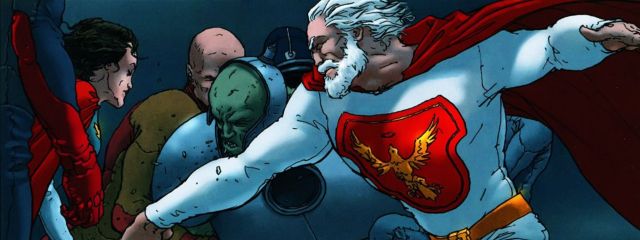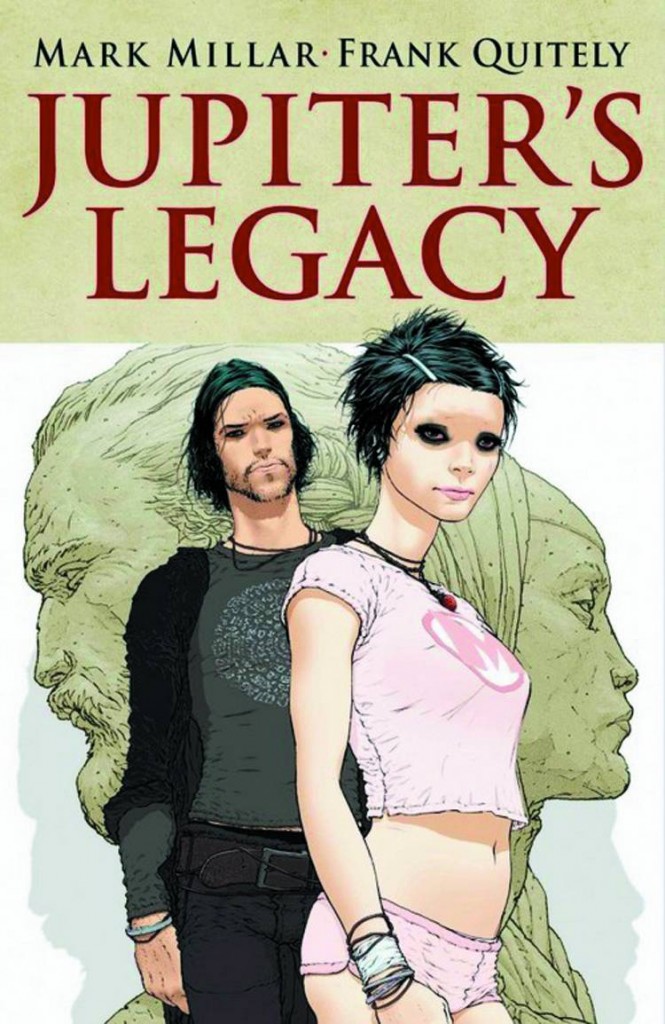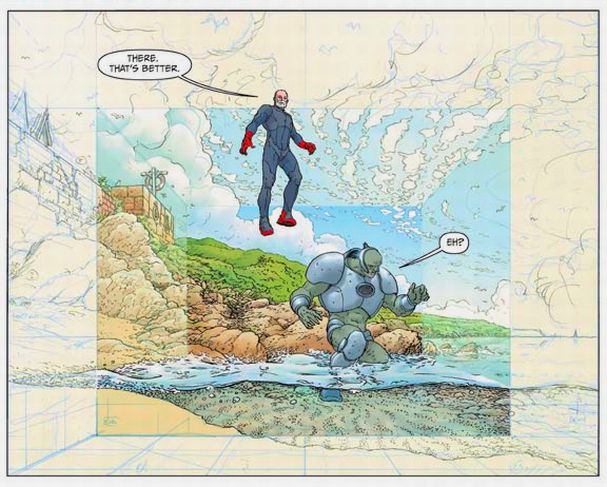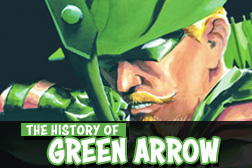One of the most highly anticipated releases of the year hits shelves with the all-star team of Millar and Quitely. What will be its legacy?
Mark Millar’s work has always been intriguing, although it would be fair to say that some ideas have their limits. Undoubtedly strongest in the shorter formats of mini-series, the scribe behind The Ultimates and Kick-Ass has had a few definite hits and misses over the last few years, so it is always difficult to know exactly what we’re getting into at the start of a run. Yet the premise behind Jupiter’s Legacy, already one of the year’s most talked-about debuts, promises the appeal of superhero costume drama mixed with the addictive elements of soap operas.
It’s 1932, and Sheldon Sampson is compelled to visit an island that doesn’t exist to the rest of the world. Upon its discovery, he and his companions return to civilisation imbued with abilities that make them heroes to a faltering world. Cut to 2013, and the children of that generation no longer feel the weight of the great responsibility that comes with their great power. They are the superhero equivalent of trust fund babies, with Chloe and Brandon Sampson in particular caught between pressure and apathy in this uncertain future.
It might be an overused comparison, but it is hard to escape the legacy of Alan Moore’s Watchmen in this first chapter. While it might be a bit much to draw a direct line between the two works, for they are very different beasts in tone and scope, the theme of the children of superheroes forced to live with the consequences of their ‘Golden Age’ parents was one of the strongest currents in that classic piece of graphic literature. Like Moore, Millar very deliberately sets his tale in the politically and economically complicated “now”, just slightly to the left or right of actual reality. This is a familiar motif in Millar’s work, following a thread that could connect this thematically to Supercrooks. What Millar has drawn most from those earlier works, however, is the ability to hold back just enough information to make this world an intriguing one from the beginning.
Millar re-teams with the unique Frank Quitely (The Authority) for some finely detailed interior art. Quitely gets to show off his distinctive style in two time zones, with a more classic design on the historical elements and something more outlandish for the 2013 setting. His designs are somewhat familiar, which actually gives the story an easy gravitas somehow, but is not without a few surprises. At one point, an older Sheldon Sampson traps a villain inside a “psychic painting”, which transitions from working art to finished design within a single panel. Peter Doherty’s wonderful colour and design decisions enhance these two distinct periods, keeping things sombre and muted in the past before dialling it up for a nightclub scene, for example. It may not “bring the weird” in the same way Quitely’s collaborations with Grant Morrison allow, but it’s early days yet.
MIllar’s short runs have always been his strength, and it will be interesting to see him once again work on an ongoing book. Jupiter’s Legacy is a strong opening to what has the potential to be a terrific dissection of comics in the 21st century, a topic that Millar is well and truly familiar with at this stage in his career. A roster of compelling characters, lovingly illustrated by Quitely, certainly put this on a must-read pile for next month and the foreseeable future.
Agree or disagree? Got a comment? Start a conversation below, or take it with you on Behind the Panel’s Facebook and Twitter!
If you are an iTunes user, subscribe to our weekly podcast free here and please leave us feedback.













1 pings
[…] we also feature a single outstanding or high-profile issues. This week, you can also check out our full review for the intriguing Jupiter’s Legacy […]